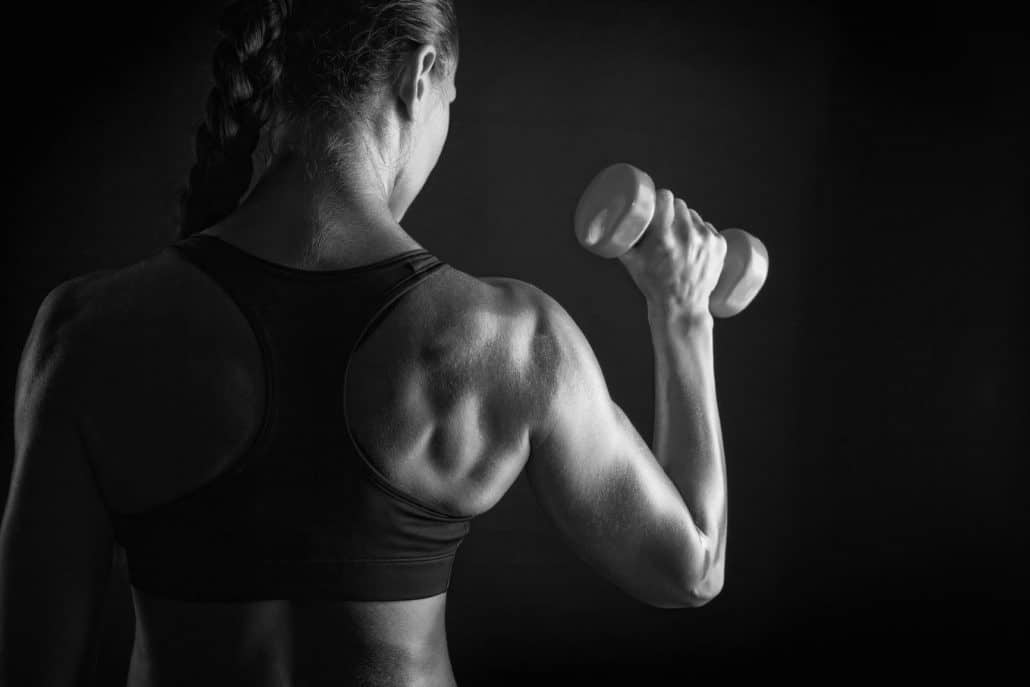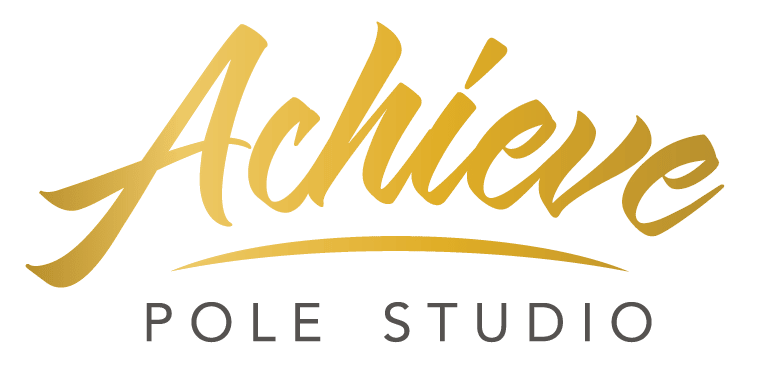
Sporting an injury in pole?
Me too! In fact, you name it and I’ve probably had it. I’ve had tendonitis in both shoulders and both hips, broken a finger, let a pinching rotator cuff get so bad I could barely move my wrist, scraped all the skin off my hands doing pull ups, compressed my spine throwing 55kg overhead without warming up and damaged my hamstring squatting too heavy with such poor form that I ended up taking Panadol and Nurofen every night just to get to sleep. All of this happened because of hubris. I thought my core was strong enough, or my form was better than it was, or that I was just being weak and I could push further, harder, faster…
I get it- injuries are annoying. They get in the way of our pole goals and dreams! But they are also messages from our body. Its love language is subtle, and if we don’t listen to its signals or we move in a way that isn’t healthy, it throws up a red flag in the form of pain. The little niggles that turn up in wrists and shoulders and backs are our body’s way of saying “watch out, danger ahead!”
Because the fact is, pole is an extreme sport! It’s like climbing, except you have no harness and you’re in 8 inch heels. We lift our whole body weight up, flip it upside down, stretch and twist around an object that either doesn’t move or is spinning so fast it’s like it’s trying to throw you across the room. Then we smile, point our toes and do it all again on the other side! Whether you’re using pole to get fit, or you’re already strong and you power up to intermediate and smash your first invert, injuries can happen to anyone!
So what do you do about it? I suggest 3 things.
1. Rest. This is obviously the first response. Don’t do what hurts, get lots of sleep, drink lots of water, eat lots of healthy food. If you’re into supplements, this is when they come in handy. And don’t overdo the foam roller- sometimes stretching and massaging can actually make it worse! Which brings me to my next point…
2. See a licensed practitioner, like a physiotherapist. Preferably someone who knows pole, or at least aerials or climbing. (Have you met Millie, our beautiful instructor?) If you have private health cover, then you get a decent rebate anyway but if you don’t, you can go see your GP and get a referral for a physiotherapist, which can give you 5 free, or at least subsidised sessions. The physio should give you some exercises to do so you can recover as quickly as possible. Dry needling can also be really helpful (note dry needling is different from acupuncture).
3. Move. You need to dedicate consistent time to rehab. It is essential that you do two things: rebuild strength without aggravating the area, and strengthen the complimentary muscles to ensure you don’t just repeat the same movement pattern that got you injured in the first place!
This is the reason we now have a Wellness room. It isn’t just because there was a spare room and we ran out of poles. The timetable is designed especially so that you can get better at your sport of pole. Pilates, in particular, is your number one practice for injury in pole rehabilitation AND prevention. Because even if you don’t have an injury in pole, barre, Pilates, stretch and yoga will give you a wholistic practice that will help to improve your strength and mobility overall. Cross training is the best way to see progress in the pole room without burning out or putting yourself at risk by pushing beyond the point of fatigue.
I know injuries are frustrating but I’ve had enough to know that they are valuable opportunities for us to love our bodies back to health. And I promise you, that with a dedicated rehabilitation program of physio, Pilates, barre and yoga, you will come back to pole even stronger than before.

